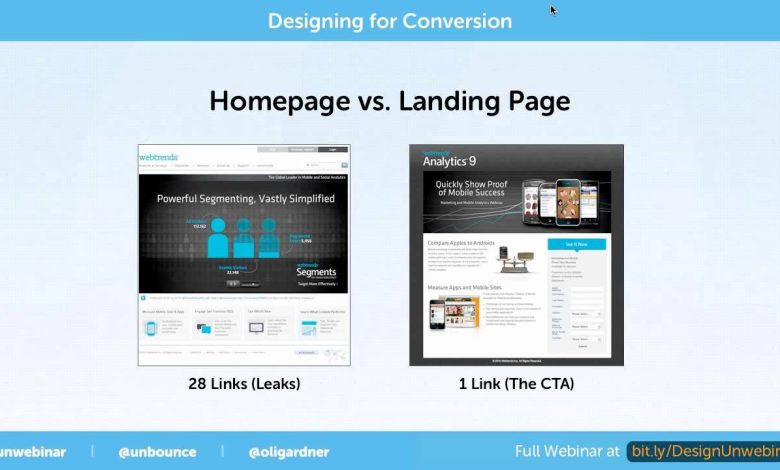Difference between a landing page and a web page and how it should be made

Difference between a landing page and a web page and how it should be made
Before knowing the difference between a landing page and a web page one should know why are landing page important. For that we should know about leads and lead generation.
Lead Generation for Business
In marketing, lead generation refers to the process of triggering considerable customer interest in order to get them to inquire about the products or services offered by a business. These interested section of customers are referred to as leads.
Lead generation is the process of warming up potential customers for your business and converting them into leads. Using this technique, you make efforts that generate an organic interest within your target segment, so it is the prospect that is most likely to come to the business.
In simpler words, lead generation is a fundamental point in a prospect’s journey to becoming a customer of your business. Here’s a flowchart that explains the lead generation process:
What is a lead?
A lead is a person from your target audience who has in some way shown interest in your business’s products or services. In simpler words, it is a person who is more likely to convert with some amount of pursuing and nurturing.
Why lead generation is important?
In order to effectively make sales, you have to have qualified leads. Lead generation is the act of establishing interest in products or services among a target market. If you want your message heard through more than one channel, it’s important to establish a strategy that creates some demand, which is what lead generation strives to do. It’s all about brand awareness, pulling down leads and making sales.
There are several steps in generating leads just as there are several levels of interest a person might have in what you are offering. The interest can vary between non-existent to ready to buy. However, most lead generation techniques involve some level of nurturing.
Understanding landing pages
In the purest sense, a landing page is any web page that a visitor can arrive at or “land” on. However, when discussing landing pages within the realm of marketing and advertising, it’s more common to refer to a landing page as being a standalone web page distinct from your main website that has been designed for a single focused objective.
This means that your landing page should have no global navigation to tie it to your primary website. The main reason for this is to limit the options available to your visitors, helping to guide them toward your intended conversion goal.
Landing page vs website
What’s the difference between a landing page and a web page?
Do you know when you should use a landing page instead of a web page?
We’ll explore the differences, Landing Pages vs Web Pages, in this post and give you insights on the differences, when to use, and a easy way to create landing pages.
The Basics:
Landing pages are a form of a web page. They usually are intended for a very specific purpose such as a sign-up, to gather information or to sell a product.
Landing Page Key:
The key difference is that they
are simplified and have no distractions.
Standard web pages are part of a larger website. As such, they have common design and navigation items, meaning more things to see and more ways to go other places on the site.
Web Pages:
For example, a website often has standard links at the of the page and often at the side of the page for items like:
- About
- Services
- Company Information
- Blog
- etc, ( Basically whatever links are key to their business)
They may have other images or call-outs as well that lead to other pages of the website. It’s an integrated group of pages geared to help the web visitor coming to a website and wanting to find and then navigate to an area of interest.
Landing Pages:
Landing pages, however, are a different tool than web pages of a site.
They are not for general use, and do not look like the other web pages, though they can be at the same domain.
Landing pages are built to drive traffic for a specific marketing campaign goal.
The intent is to focus the visitor solely on the intent of the page, such as the sign-up process.
No distractions. No other options. Simply to inform and get user to take the single action noted.





